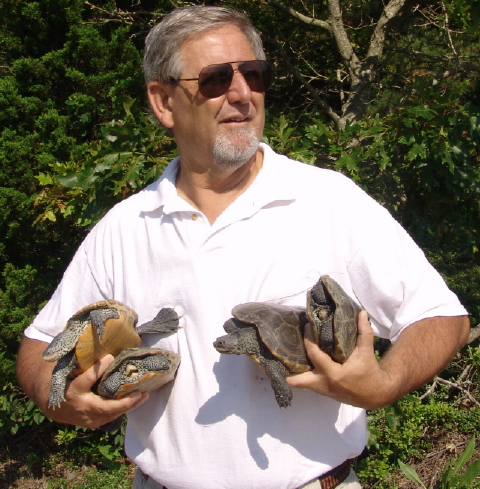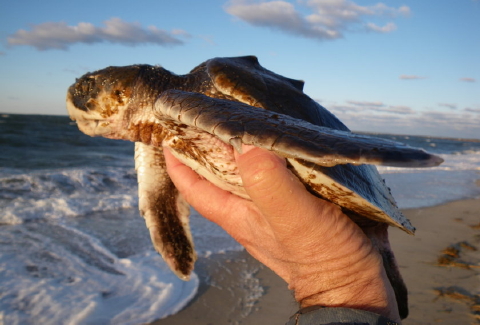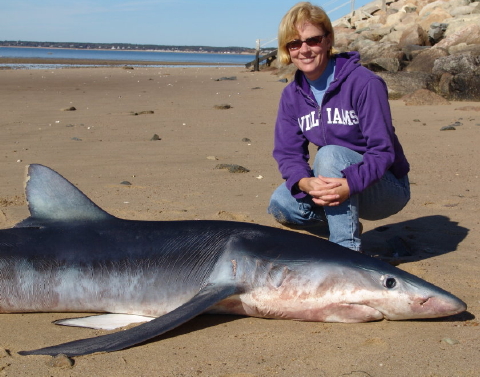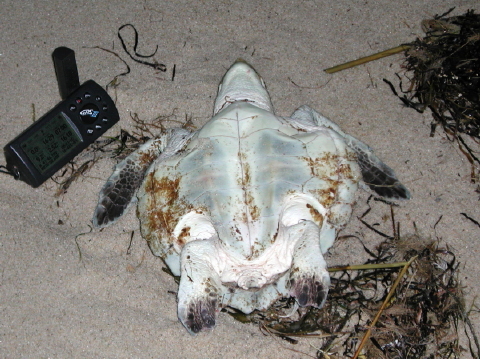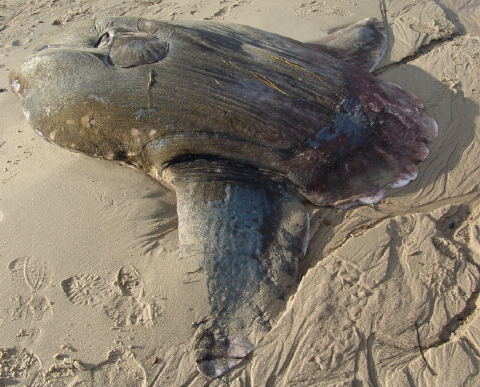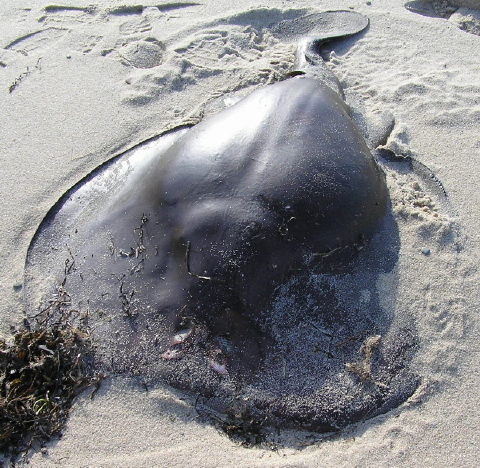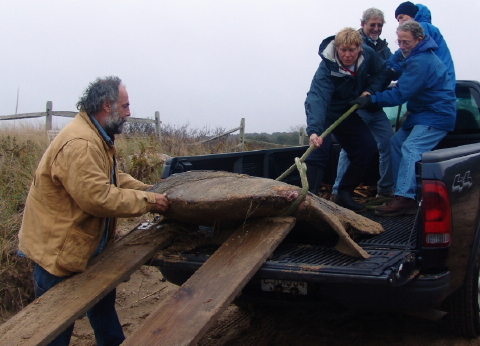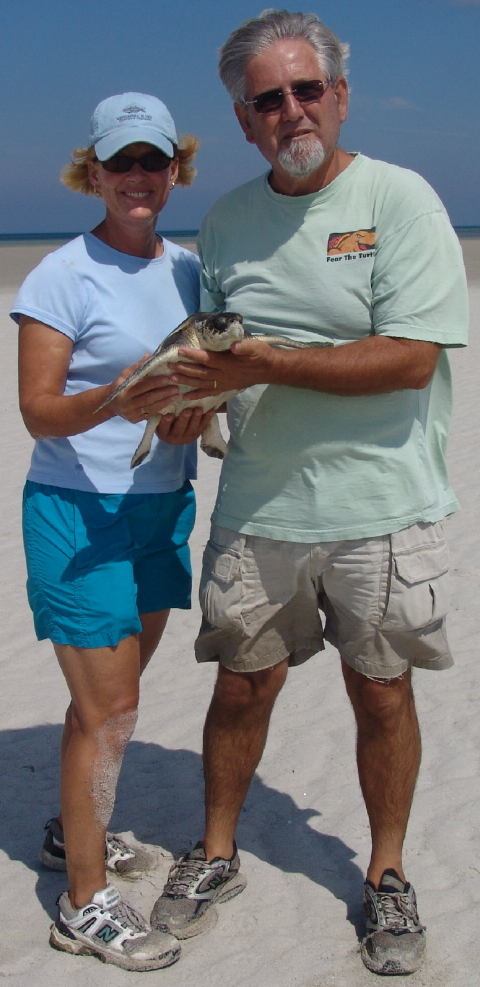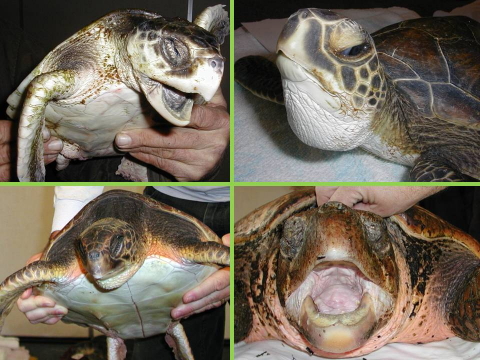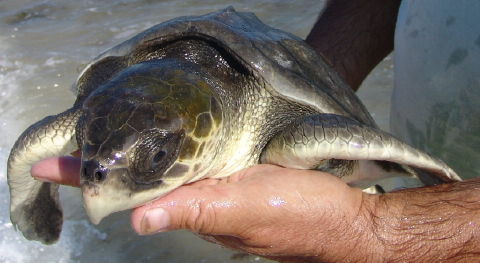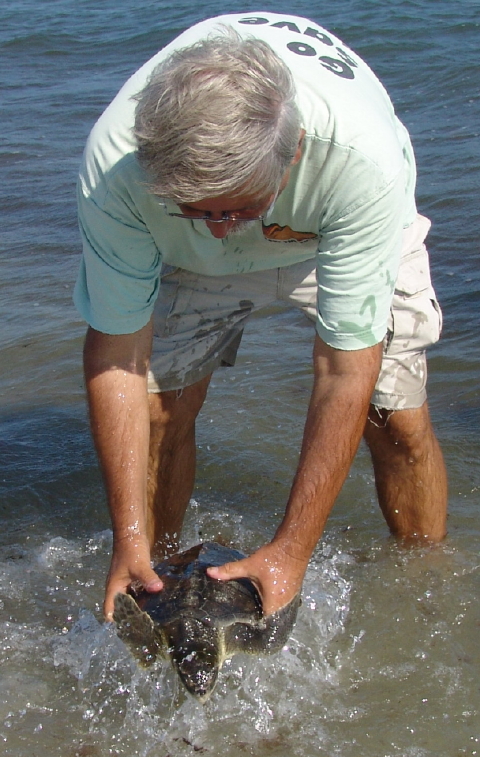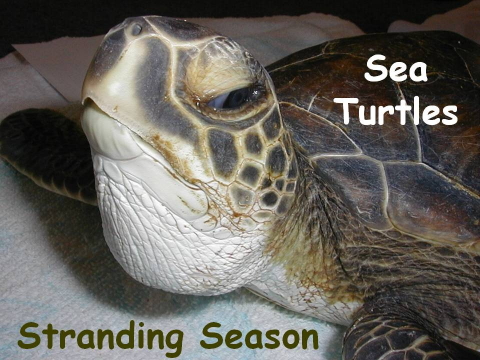Stranded Giant Ocean Sunfish on Cape Cod Beach
Giant ocean sunfish (Mola mola) strand in the shallows of Cape Cod Bay each fall. These enormous, seven-foot diameter creatures, the largest bony fish in the ocean, are exotic and impressive.  Four young boys joined Turtle Journal last October to examine an ocean sunfish that had washed ashore on a Mid-Cape bayside beach. For background information on ocean sunfish and their strandings on Cape Cod, see Exotic Ocean Sunfish (Mola mola), which includes a hyperlink to an interview on Mola molas by Mass Audubon’s Bob Prescott, director of the Wellfleet Bay Wildlife Sanctuary.
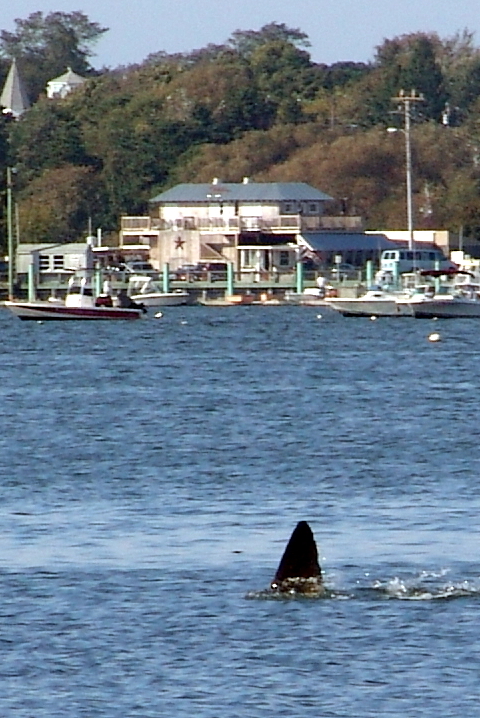
Large Dorsal Fin Pierces Chipman’s Cove
This afternoon Turtle Journal visited Chipman’s Cove in Wellfleet Harbor as high tide flooded its salt marsh edges to check to see if any diamondback terrapins remained active or whether they had slipped into winter brumation. The weather was early fall perfect with open sunshine and mid-70 temperatures. If turtles were active in Wellfleet, they would be visible snorkeling in Chipman’s Cove. We saw no sign of turtles, but as we watched, we spotted a prominent dorsal fin about a quarter mile across the cove.Â
Prominent Dorsal Fin Splashes and Flails
At first sight, we suspected either an ocean sunfish or perhaps a basking shark. But as we continued to watch, we became more convinced it was a Mola mola until finally, the fish surfaced completely to confirm our assessment.
Ocean Sunfish in Shallows of Chipman’s Cove
The eratic movements we witnessed, as well as the slapping and flailing of the dorsal fin, were reported by an observer who reported another ocean sunfish in nearby Wellfleet Harbor about two weeks ago. That ocean sunfish was discovered stranded several days later. Turtle Journal alerted the NEBShark network and Mass Audubon’s Wellfleet Bay Wildlife Sanctuary. We will all continue to observe the area for the next few days in case the animal reappears.



